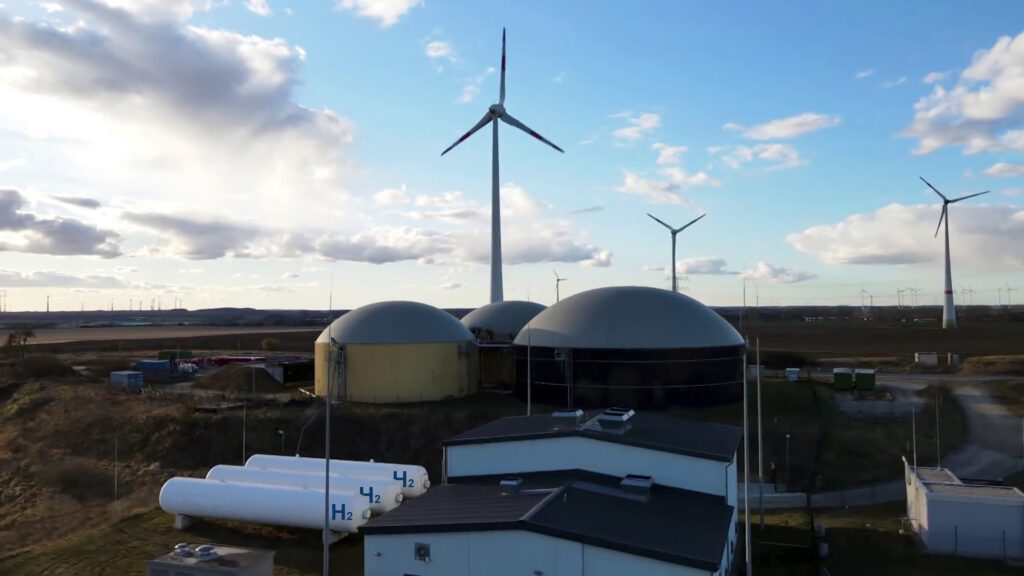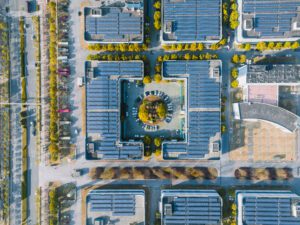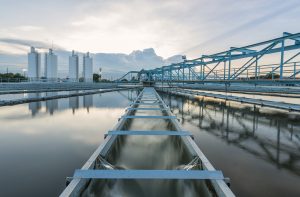
The world needs to decarbonize and fast. Global CO2 emissions need to be halved by 2030 to stay on track with the 1.5°C climate change by the end of this century. While electrification is the most optimal vector to decarbonization, hydrogen plays a vital role in manufacturing everything from chemicals to fertilizers, as well as in refining. Hydrogen produced without fossil fuels – known as green hydrogen – is increasingly seen as critical in moving industrial operations into a carbon-free future.
Ramping up the production of green hydrogen to meet industrial needs is so important today. While it may be an expensive proposition, paying close attention to plant design and operation can help ensure plant economics support this needed transition.
A crucial enabler in decarbonizing hard-to-abate sectors
A few figures illustrate the magnitude of hydrogen’s contribution to today’s GHG emissions. Currently, we’re producing 70-80 million tons per annum (Mtpa) of unabated hydrogen obtained by steam-reforming fossil fuels, and the waste product CO2 is released directly into the atmosphere. Every kilogram of such unabated hydrogen produces 12 kg of CO2, for a total of close to 1 billion tons – or possibly 5% of total global emissions – every year. About 33% of this hydrogen is then dedicated to industrial gas applications, with the remaining 66% going toward refining and chemical production.
As industries continue to use fossil fuels to power their production, electrification is a viable option for reducing related carbon emissions and improving efficiencies. However, this option is not always feasible, which leaves a significant demand for processes or segments that can’t be powered by electricity. That’s where green hydrogen will become essential, as it can replace natural gas and deliver enormous savings in emissions.
Green hydrogen value chain
To accelerate production, we need to consider the entire value chain at the plant level. The overall architecture for a green hydrogen plant site consists of the following:
- Power supply unit, including a renewable energy source such as wind turbines, solar panels, battery electric storage systems, and grid connections enabling bidirectional power flow.
- The core unit, which includes a water treatment plant, electrolyzers, separators, and other production-related equipment and systems.
- Use unit, which utilizes the produced hydrogen, e.g., ammonia production, pipeline injection, cavern storage, or mobility fueling stations.
In all three aspects of this architecture, optimized control is imperative to ensure:
- Reliable integration of power supply resources to guarantee production
- Production maximization based on available power and electrolyzers
- Maximized utilization of available hydrogen with optimized conversion rates
A production coordination system oversees and coordinates this entire value chain, with capabilities that include renewable power forecasting, electrolyzer production optimization, overall efficiency monitoring, and operations simulations. A unified enterprise control system can be deployed for oversight from a centralized operations center for multi-plant operators.
Accelerating market implementation
As a developing technology, green hydrogen production has some challenges for project developers and owners. At Schneider Electric™, we’ve identified three categories of improvements industry participants need to address to keep projects on track and profitable throughout their operation – along with solutions to ensure our partners’ success.
- Increase cost competitiveness
Both initial capital expenditures (CapEx) and ongoing operational expenditures (OpEx) figure into the levelized cost level of the green hydrogen a plant produces throughout its lifespan.
For lower CapEx, our offerings include engineering optimization assistance, EcoStruxure Power & Process solutions for optimizing energy management and process automation that can shorten ramping-up periods. For lower OpEx, we can assist with optimizing energy sourcing, increasing system efficiency, and maximizing annual full-load hours of electrolysis systems. - De-risking introduction of technologies
To help minimize risk with this new technology, Schneider has a long record in providing safety instrumented system. EcoStruxure Power & Process offers a unified system to control process operations and energy consumption. We also offer a training and simulation platform to help facility operators explore what-if scenarios in a safe, digital environment. - Supply chain optimization
Our ETAP and AVEVA solutions enable the use of digital twins to enable predictive simulations of power and production availability. We have the expertise to help facilities manage their energy supplies to optimize renewables use while minimizing costs and uptime.
Learn more
To learn more about how Schneider Electric can help your green hydrogen development efforts, check out our various Energies and Chemicals Solutions.



